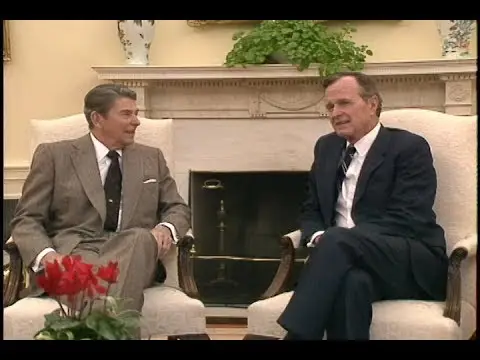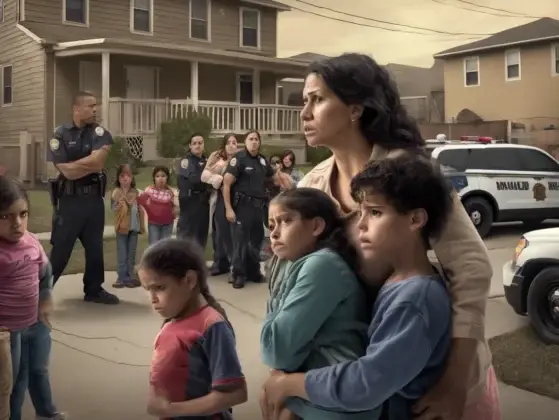As Washington and Colorado have legalized marijuana and polls show majorities in this nation favor legalization, the tone of the marijuana discussion has shifted from if we’re going to legalize to how we’re going to legalize. One aspect of how that terrifies the mainstream non-pot-smoker is advertising.
“We’re going to have Big Tobacco all over again,” warns former Rhode Island Rep. Pat Kennedy, “it will be called Big Marijuana.” Kennedy’s Project SAM predicts that the newly legal marijuana industry will ape the marketing tactics of alcohol and tobacco from yesteryear, with cartoon mascots like the Budweiser frogs or Joe Camel meant to entice younger customers to use the product. Ad Week, the industry magazine, noted a study from the Partnership at Drug-Free.org that found while Americans are generally supportive of legalization, majorities opposed any sort of advertising for marijuana. Advertising bans are even the first of “12 Provisions to Protect Children if Marijuana is Legalized” promoted by leading anti-marijuana groups.
This attitude can be found across the pond in The Netherlands as well, which has, for thirty years, generally tolerated the sales of cannabis to adults in coffee shops. However, you will not find any advertising for marijuana outside the shops. Even inside the shops, you will not find any. “If you want to see the cannabis menu,” explains European travel guru and NORML board member Rick Steves, “you have to push a button, then it lights up. The information isn’t pushed to the consumer; the consumer has to request it.”
But America isn’t The Netherlands and we have something they do not: the First Amendment. A ban on advertising a legal product is going to run up against some free speech lawsuits. (You don’t see much tobacco advertising because of the 1998 Tobacco Master Settlement Agreement – the lawsuit against Big Tobacco. They voluntarily agreed to advertising restrictions in order to stay in business.)
One novel solution being proposed by tax lawyer Pat Oglesby is a re-write of the 280E tax code. This 280E is the Reagan-era tough-on-drugs law that forbids traffickers in drugs (but no other criminals) from deducting the ordinary costs of doing business. You may remember the Obama Administration claiming $2.4 million in back taxes owed by Oakland’s Harborside Health Center, America’s largest medical marijuana dispensary, because of deductions not allowed under 280E.
Oglesby explains that if 280E were revised so it didn’t ban all business deductions for a dispensary, but instead banned certain business deductions, like advertising and marketing, there would be disincentive for marijuana businesses without any threat of Constitutional scrutiny.
HIGH TIMES is somewhat skeptical of that theory. Advertising does not make up a great deal of any dispensary’s budget; it’s the deductions for salaries, rent, and other expenses that make 280E so onerous. What dispensary wouldn’t take the hit on non-tax-deductible advertising expense (passing the added cost on to the customer, of course) in order to stand out from the others in what will be a very crowded pot vendor market?
Perhaps the emerging marijuana industry will self-police and adhere to its own standard of marijuana marketing, eschewing cartoon frogs and camels. The reason Budweiser and Camel were using cartoons to market to kids is because (especially with tobacco) if a person doesn’t use those products by age 18 or 21, he or she is less likely to ever use those products as an adult. With marijuana, the vast majority of its regular users are between the ages of 16 and 25 already, with patterns of use decreasing as users age.
With alcohol and tobacco, the reason adults aren’t as likely to take them up as kids is because a) they taste bad, b) they have nasty first-time effects, and c) they are objectively harmful. An adult isn’t going to cough and puke on a first cigarette or beer and then decide, “These are great! I need more lung cancer and cirrhosis!” but a teenager trying to look cool for his peers will fight through the first bad experience.
However, with cannabis, the reason adults aren’t as likely to take it up as kids is because it is illegal. Adults have jobs and families that would be put in crisis if they’re caught with pot. With marijuana legalized however, the marijuana industry will have a huge demographic of 25-100 years old to market to. Unlike alcohol and tobacco, most people’s first experience with marijuana is pleasant.
As adults lose the stigma of illegality, marijuana advertisers will want them to learn the benefits of cannabis. They’ll learn to swap it for wine at the dinner party to avoid the next day hangover. They’ll learn to swap it for an aspirin or NSAID when they have aches and pains. They’ll learn to swap it for Ambien when they want to get some rest. Advertisers will covet these adult buyers with more income for pot purchases.
Perhaps if 280E were left in its current form – no business deductions at all – but slightly tweaked to only apply to marijuana businesses that advertise, the downside would be big enough to dissuade dispensaries from advertising. However, tying 280E not to what a business sells but what a business says might still run afoul of the First Amendment. No matter how we legalize, we had better be well aware of how the mainstream fears marijuana advertising.






